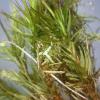35.094 Aroga velocella (Duponchel, 1838)
Status and Distribution
Local across most of southern and eastern England and the Channel Islands where it can, on occasions, be locally common. Local to very local in the Midlands and northen England, scarce in Scotland with an old record from Berwickshire and a single post 2000 record from Dumfrieshire. Not recorded in Wales and apparently absent from Ireland and the Isle of Man.
The moth may, on occasions, disperse to find suitable new habitat. In 1995 one adult was found in a suburban Lancashire garden where the foodplant became temporarily established, and in 2018 several were found at dispersed localities across Northumberland, a county with previously only one record of the species.
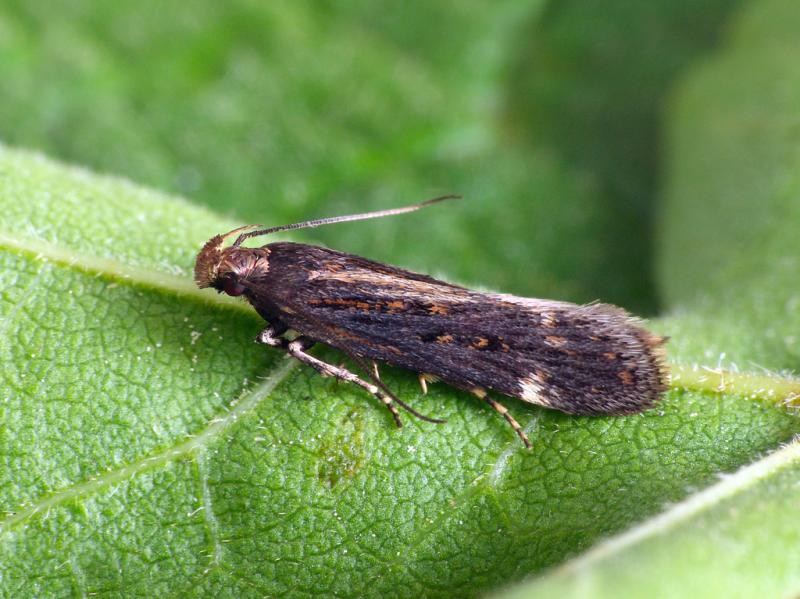
Provisional map
Foodplant and Larval Feeding Signs
Rumex acetosella (sheep's sorrel), see plant distribution map.
In a silken tube around the base of the stem.
Habitat
Breckland, heathland, moorland, hedgerows, parkland, large clear-felled coniferous woodland clearings, acid grassland and vegetated shingle areas. Has once been found on limestone grassland.
Finding the Moth
Larva: feeds within a silken tube at the base of the stem and partially underground; the tube sometimes extends higher up the stem. Constructs a dense cocoon in which it pupates underground or at ground level or ascends moss growing near its foodplant sealing the moss stems together (c 3-4cm above the ground) and covering the cocoon with chewed fragments of moss and occasionally lichen (Beavan and Heckford, 2019).
Adult: flies, making short darting flights, in warm weather during the afternoon and comes readily to light. Can be smoked out from amongst the foodplant.
Similar Species
Can usually be recognised by the prominent brush of brownish scales on segment two of the labial palps, the often dark striped veins of the forewings and by the yellow tip on the underside of the abdomen in the male. Worn or very weakly marked specimens may require dissection.
Double-brooded, from late April to the early June and late June to early September.
Earliest: 16th April 2007 (VC17).
Latest: 21st September 1999 (VC19) and 2007 (VC25).

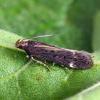
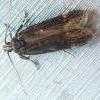
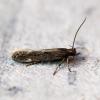
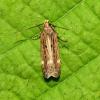
%20(2)_0.jpg)

